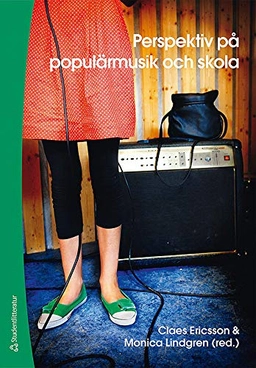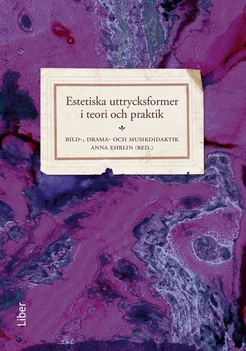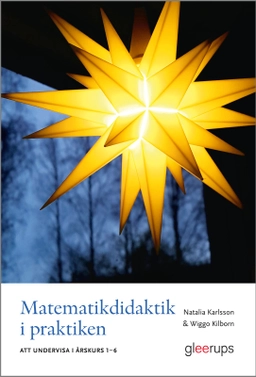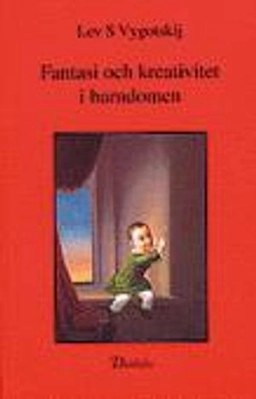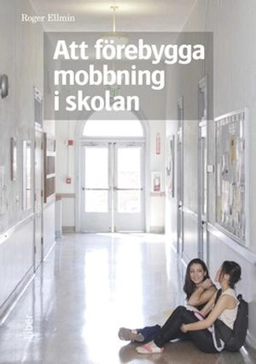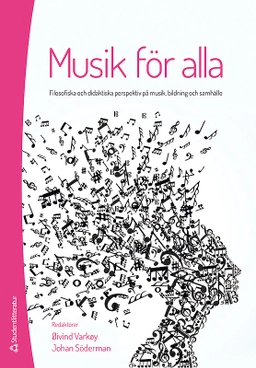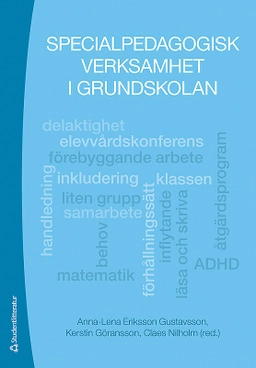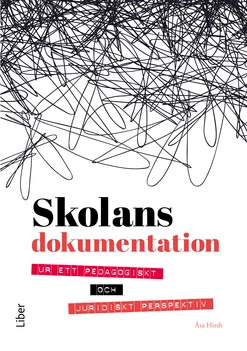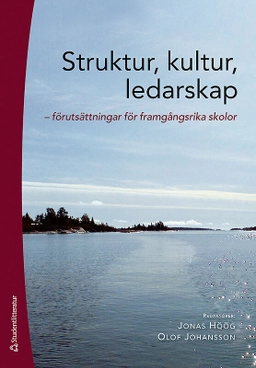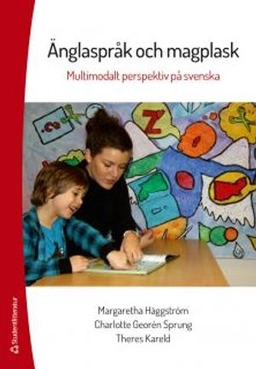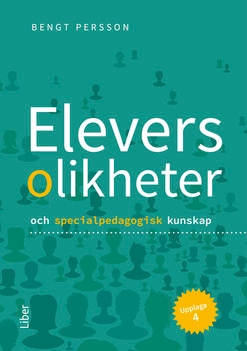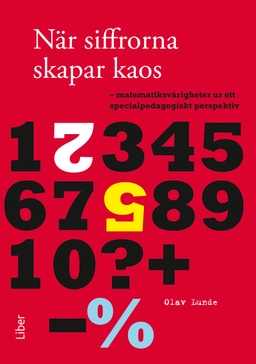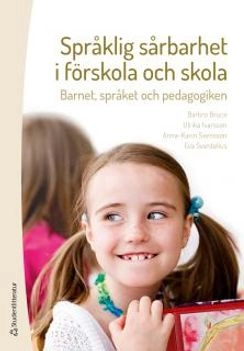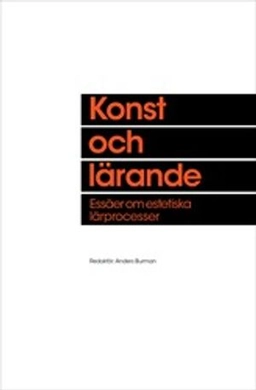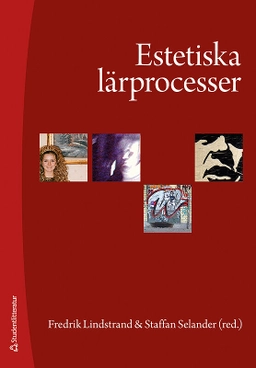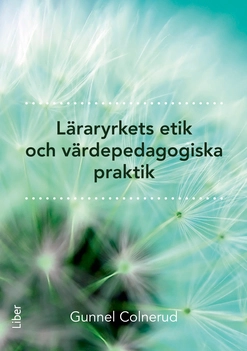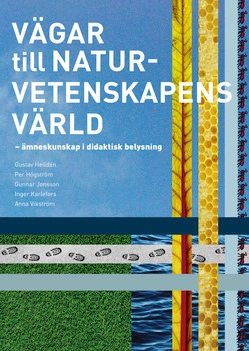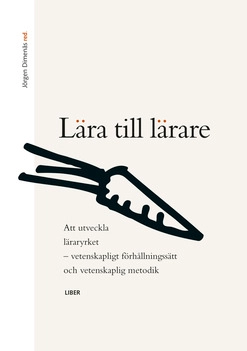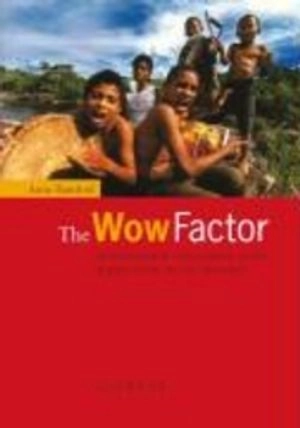

The wow factor : global research compendium on the impact of the arts in educationUpplaga 2
- Upplaga: 2a upplagan
- Utgiven: 2006
- ISBN: 9783830916178
- Sidor: 180 st
- Förlag: Waxmann
- Format: Häftad
- Språk: Engelska
Om boken
Åtkomstkoder och digitalt tilläggsmaterial garanteras inte med begagnade böcker
Mer om The wow factor : global research compendium on the impact of the arts in education (2006)
2006 släpptes boken The wow factor : global research compendium on the impact of the arts in education skriven av Anne Bamford. Det är den 2a upplagan av kursboken. Den är skriven på engelska och består av 180 sidor. Förlaget bakom boken är Waxmann.
Köp boken The wow factor : global research compendium on the impact of the arts in education på Studentapan och spara uppåt 35% jämfört med lägsta nypris hos bokhandeln.
Referera till The wow factor : global research compendium on the impact of the arts in education (Upplaga 2)
Harvard
Oxford
APA
Vancouver
